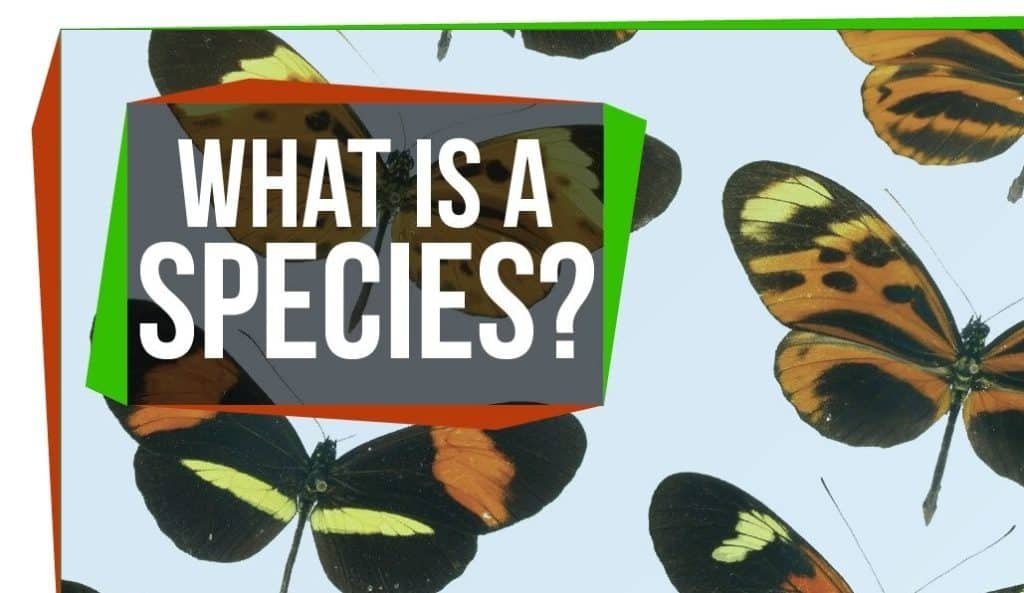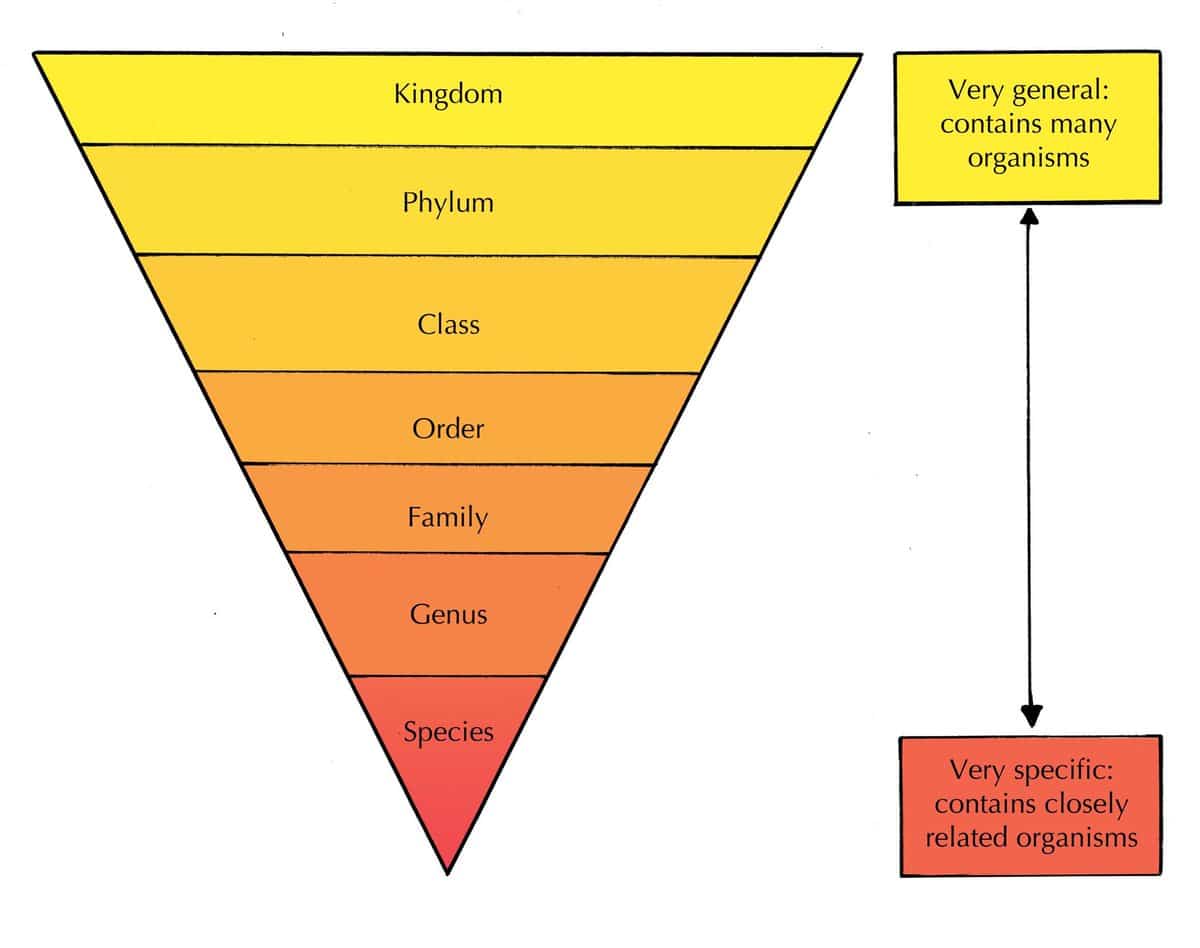The concept of species has kept biologists completely awestruck for centuries, leading to the development of various criteria to identify different creatures in nature.
Therefore, we must learn about the unique traits and how crucial species are for nature.
Learning about these traits is important not just for taxonomy and biology but also for conserving and understanding the diverse life on Earth.
We will dive into this detailed article to explore species and unique traits.
From exploring their morphology, genetics, reproductives, and other traits, this article will also examine the characteristics that differentiate one species.
So, without any further ado, let’s learn about it in detail.
Unique Traits That Makes A Species
In general terms, a species is defined as a group of individuals that have the potential to interbreed and produce offspring.
However, this definition is limited to the biological species and is just one of many ways to identify species.
By and large, there are a total of 6 traits are unique to every species.
In the following section, we will be detailing every 6-bit and will see their significance in the biological world.
1. Morphological Traits
Regarding species, the most common and apparent traits are morphological; this involves physical appearances such as size, shape, color, and structure.
Ever since the study on the species began, these were considered the primary means of distinguishing species.
While casting examples, the scientists keep Darwin’s finches as the prominent case, which is differentiated by the shape and size of their beaks.
Moreover, the adaptations to different food sources are another point of significance that is considered.
However, it must also be noted that several biologists claim that morphological traits can be misleading due to convergent evolution.
Unrelated species might also evolve similar features concerning others due to environmental pressures.
2. Genetic Traits
With the continuous advancement in molecular biology, factors like genetics have taken an important position.
DNA analysis is now the prime factor for identifying species.
This genetic approach of an organism determines its unique characteristics, which is also a crucial factor in species distinction.
These genetic studies have also sorted the debates on species classification in cryptic species, meaning genetically different but visually identical species.
3. Reproductive Traits
The point of establishing differences between species depends on their reproductive features.
Being unable to reproduce significantly to give birth to the fertile progeny is known as reproductive isolation.
This state can occur due to various mechanisms, such as temporary isolation (breeding at different periods), behavior isolation (different mating practices), and mechanical-based isolation due to physical incompatibility.
All of these barriers work together in cohesion to ensure genetic-based distinction and the continuity of a species.
4. Ecological Traits
Every species’ ecological traits are different, including their habitat, resource, consumption, and, most importantly, their interaction with others.
It is important to note that genetic and morphological traits immensely influence ecological traits.
For instance, species’ unique dietary requirements can help drive the evolution of their physical traits.
In the form of real-life examples, we have the Giant Pandas, who are linked synonymously with their specialized bamboo diet.
5. Behavioral Traits
Behavior is another significant aspect that defines species.
Certain behavioral patterns are restricted to a particular species, often driven by evolutionary pressures.
This perfectly includes the mating rituals, various social structures, hunting style, and migration.
Out of all the traits discussed, this is sometimes seen as the key to differentiating between various species that are similar in appearance and genetics.
6. Speciation and Hybridization
The process of speciation, which ultimately gives rise to new species, involves the interplay of various traits.
Then comes the case of hybridization, which happens through the interbreeding of different species.
It is generally a natural process that leads to the transfer of genetic material between various species, which gives rise to a whole new species.
In animal studies, understanding the role of hybridization in defining the birth of new species is crucial to learning about the dynamics of species boundaries.
For those interested in further exploring the animal kingdom’s diversity, our article on animals beginning with n offers fascinating insights into some unique species.
Conclusion
From morphological, genetic, and reproductive to ecological and behavioral characteristics, all the traits collectively contribute to a species’ distinctiveness.
The importance of these traits not only defines what this species is but also checks the complete structure and the evolution of nature and the species boundaries.
As we understand the depth of these traits, we appreciate the importance of biodiversity of various life on Earth.
We must understand these traits and recognize the importance of preserving the diversity of nature, as each species is defined by its unique set of traits.
Eventually, this plays a vital role in establishing the human understanding of nature, which makes life on earth possible.
Frequently Asked Questions
1. What Are Some Physical Traits that Help Identify A Species?
The species’ physical traits are one of the most noticeable features that help them get identified. These features include their size, shape, color, and, most importantly, the structure of their body parts.
2. How Do Genetic Characteristics Define A Species?
Although genetics are not visible, similar to physical traits, they hold equal importance. Every species has a unique DNA set responsible for determining everything, from appearance to behavior.
3. What Role Does Reproductive Isolation Play in Defining A Species?
The concept of reproductive isolation is a key factor in defining species. It is this mechanism that prevents different species from mating with other species. This trait ensures that each species properly maintains its unique genetic characteristics.


